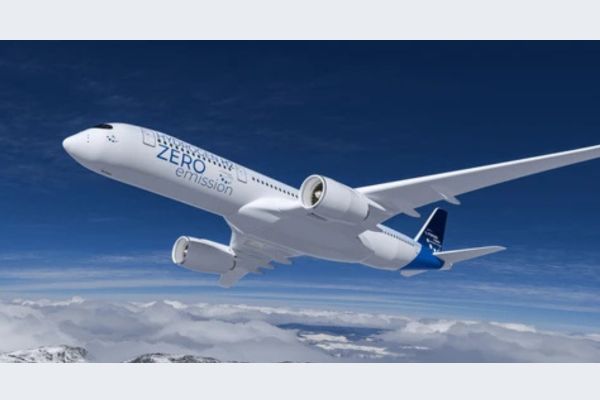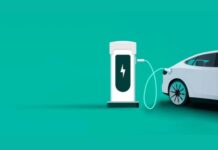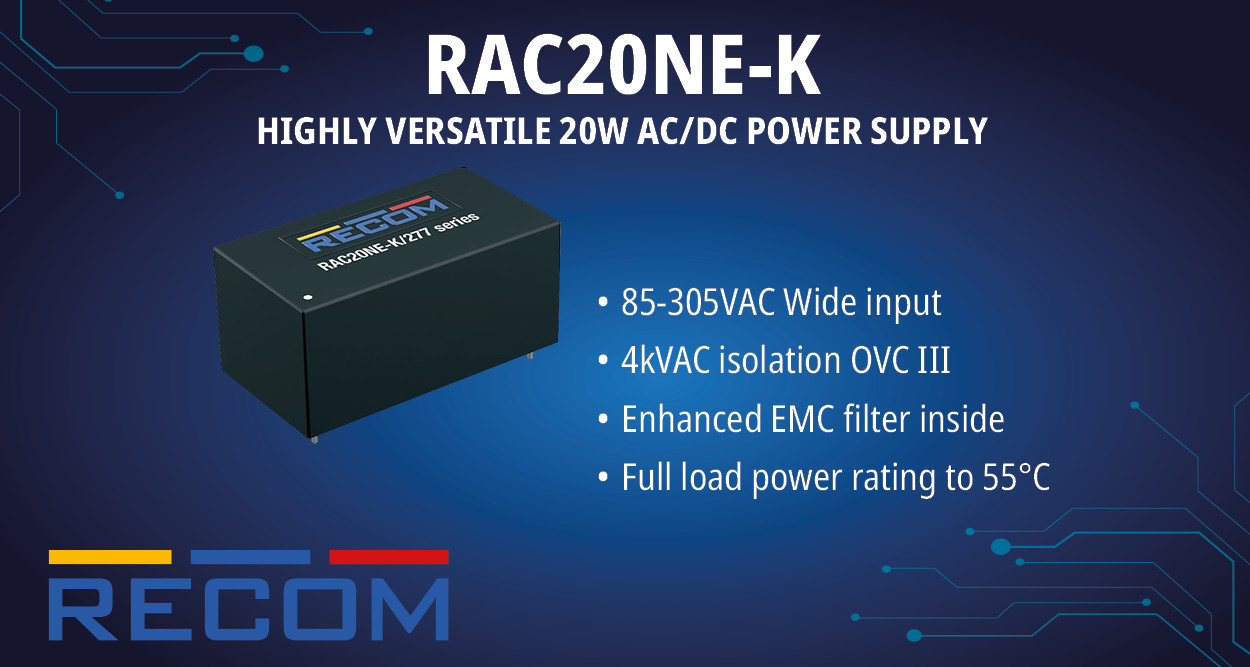The global hydrogen aircraft market size reached USD 1.13 billion in 2024 and is projected to hit around USD 28.89 billion by 2034,with a remarkable CAGR of 38.24% from 2025 to 2034.
In the race to decarbonize the global economy, aviation stands as one of the most challenging sectors to reform. While the industry contributes significantly to global carbon emissions, its technological complexity and safety requirements make change difficult. Enter hydrogen aircraft, a radical but increasingly viable solution to transform how we fly.
Backed by growing investments, ambitious government targets, and technological innovation, the hydrogen aircraft market is preparing for lift-off. This article explores the full landscape of hydrogen-powered aviation, the dynamics of the market, statistical forecasts, and how individual countries are fueling this new era of clean air travel.
Why the Aviation Industry Needs a Hydrogen Revolution
Air travel currently accounts for about 2.5% of global CO₂ emissions but is responsible for a significantly higher proportion of non-CO₂ effectssuch as contrail formation and nitrogen oxides, which can triple its overall climate impact. With commercial aviation demand expected to double by 2040, the pressure to innovate sustainably is immense.
Hydrogen offers a compelling alternative:
- Zero emissions at the point of use (only water vapor is emitted when hydrogen is used in fuel cells).
- Up to 75% less climate impact compared to conventional aircraft.
- The potential to be produced renewably via green hydrogen pathways using solar or wind power.
Why Hydrogen? The Environmental Imperative
Aviation contributes around 2.5% of global CO₂ emissions and could grow to 25% by 2050 if no action is taken, according to the Air Transport Action Group (ATAG). Unlike sustainable aviation fuel (SAF), which still produces CO₂ when burned, hydrogen, especially green hydrogen, offers a true zero-emission solution.
Furthermore, the hydrogen value chain promotes energy circularity. When produced using electrolysis powered by renewable energy, hydrogen becomes a carbon-neutral energy carrier.
Key Technologies Powering the Market
- Several technological advancements are catalyzing the growth of hydrogen aviation:
- Cryogenic Hydrogen Storage: Since hydrogen must be stored at −253°C in liquid form for aviation use, progress in cryogenic tanks is crucial.
- Advanced Fuel Cells: High-efficiency PEM (Proton Exchange Membrane) fuel cells are being tailored for aircraft use.
- Hybrid Propulsion Systems: Combining battery and hydrogen power for enhanced range and flexibility.
- Lightweight Composites: New materials help reduce overall aircraft weight and offset the storage challenges.
Hydrogen Aircraft Market Coverage
| Report Attribute | Key Statistics |
| Market Size in 2025 | USD 1.57 Billion |
| Market Size by 2034 | USD 28.89 Billion |
| Growth Rate from 2025 to 2034 | 38.24% |
| Largest Market | North America |
| Base Year | 2024 |
| Forecast Period | 2025 to 2034 |
| Segments Covered | Passenger Capacity, Range, Technology, Application, Distance Range, Platform, and Region |
| Regions Covered | North America, Europe, Asia-Pacific, Latin America and Middle East & Africa |
Country-Level Analysis: Who’s Leading in Hydrogen Aviation?
The United States is experiencing significant growth through both federal funding and private innovation. Initiatives like the U.S. Department of Energy’s Hydrogen Earthshot and support from the FAA and NASA are accelerating progress. Companies like Universal Hydrogen and Plug Power are building modular hydrogen solutions and conducting successful test flights, especially in California and Texas.
- The U.S. hydrogen aircraft market size was at USD 370 million in 2024 and is predicted to reach around USD 9,590 million by 2034, at a CAGR of 38.47%.
Several countries are taking bold steps in the development and deployment of hydrogen aircraft, each bringing unique strengths to the global ecosystem. Germany leads Europe’s hydrogen aviation efforts, not only as the headquarters of aerospace giant Airbus but also through its ambitious €9 billion National Hydrogen Strategy, which funds research and airport-level hydrogen infrastructure. Key test facilities in Hamburg and Bavaria further strengthen Germany’s position as an innovation hub.
France is another major player, with strong government backing and home to Airbus’s ZEROe hydrogen-powered aircraft program, which aims to deliver a zero-emission commercial plane by 2035. The French government has committed over €1.5 billion under its recovery plan to support green aviation, reinforcing collaboration between public agencies and aerospace manufacturers like Safran and ArianeGroup.
In the United Kingdom, startups such as ZeroAvia are making headlines by testing hydrogen-electric aircraft for regional routes. Supported by the UK Aerospace Technology Institute and government net-zero policies, the country is targeting the launch of a zero-emission domestic flight by 2030. These public-private collaborations are turning the UK into a center for hydrogen propulsion technologies.
In Asia, Japan and South Korea are leveraging their strong hydrogen infrastructure to explore applications in aviation. Japan’s Kawasaki Heavy Industries and South Korea’s Hyundai are both involved in hydrogen aircraft component development. Finally, China, though in earlier stages, is expanding its hydrogen R&D for drones and small regional aircraft, and could soon scale rapidly thanks to strong state-backed initiatives and manufacturing capacity.
Hydrogen Aircraft Market Key Players
- Aerodelft
- Aerovironment Inc.
- Airbus Se
- Apus Group
- Doosan Mobility Innovation
- Flyka
- Gkn Aerospace
- Hes Energy Systems
- Honeywell International Inc.
- Hypoint Inc.
- Intelligent Energy Holdings
- Pipistrel D.O.O
- Plug Power Inc.
- Shanghai Pearl Hydrogen Energy Technology Co. Ltd.
- Urban Aeronautics Ltd.
- Zeroavia Inc.
Passenger Capacity Classification in Hydrogen Aircraft
The hydrogen aircraft market is segmented based on passenger capacity into three tiers: less than 100, 101 to 200, and above 200 passengers. Aircraft with capacities below 100 are expected to dominate early adoption, particularly in regional and short-haul segments where energy demand and route lengths are manageable. The mid-sized category, 101 to 200 passengers, aligns with the evolving design prototypes and is projected to enter commercial service in the 2030s. Meanwhile, aircraft carrying over 200 passengers, mainly long-haul wide-body jets. represent a longer-term ambition, contingent on significant advances in hydrogen storage and airframe engineering.
Hydrogen Aircraft Range Segmentation
Hydrogen-powered aircraft are classified by operational range into short haul, medium haul, and long haul. Short-haul aircraft (under 1,000 km) are set to lead market entry due to lower fuel requirements and easier infrastructure deployment. Medium-haul aircraft (1,000–3,000 km) are under active research and may become feasible as storage and power technologies mature. Long-haul operations (beyond 3,000 km), though promising, are considered a post-2035 goal and will require innovations in cryogenic liquid hydrogen handling and energy density optimization.”
Technology-Based Classification of Hydrogen-Powered Aircraft
Technology-wise, the market includes fully hydrogen-powered aircraft, hybrid electric-powered aircraft, hydrogen fuel cell aircraft, and liquid hydrogen aircraft. Fully hydrogen-powered models rely entirely on hydrogen, either combusted in turbines or converted via fuel cells. Hybrid configurations combine battery systems with hydrogen for increased flexibility. Fuel cell aircraft are specifically designed for electric propulsion, offering high efficiency and low noise. Liquid hydrogen aircraft use cryogenically stored fuel for extended range, though they face notable challenges related to temperature control and storage infrastructure.
Application Areas in the Hydrogen Aircraft Sector
Hydrogen aircraft are developed for both passenger and cargo applications. Passenger aircraft dominate the market share due to rising airline commitments to carbon neutrality and government support for sustainable aviation. These planes are especially viable for domestic and regional routes in early adoption phases. Meanwhile, hydrogen-powered cargo aircraft, especially unmanned models, are being integrated into freight and logistics operations where shorter certification timelines and modular fuel designs provide strategic advantages.
Distance Range Differentiation in Hydrogen Aircraft Design
From a distance range perspective, aircraft are categorized into up to 20 km, 20–100 km, and more than 100 km. Short-range aircraft (up to 20 km) are mostly drones used in agriculture, surveillance, and defense. The 20–100 km category supports urban air mobility and includes emerging air taxi platforms and delivery drones. Aircraft designed for more than 100 km target regional passenger transport and logistics, marking the segment where hydrogen has the most transformative potential over fossil-based aviation.
Platform-Based Segmentation: From UAVs to Business Jets
The hydrogen aircraft market is also segmented by platform, covering unmanned aerial vehicles (UAVs), air taxis, and business jets. UAVs are leading in commercial viability due to their low weight, smaller range requirements, and versatile use across sectors. Air taxis represent the future of intra-city, zero-emission travel and are gaining traction in smart city planning. Business jets are exploring hydrogen integration to align with growing demand for sustainable corporate aviation, especially in markets where environmental, social, and governance (ESG) compliance is a priority.
Recent Activities in Hydrogen Aircraft Market
Government-Backed Funding Fuels Clean Aviation Efforts
In June 2025, the UK government committed £250 million (approx. $340 million) to advance clean aviation technologies, focusing heavily on hydrogen-based propulsion systems. This substantial funding aims to accelerate R&D in liquid hydrogen storage, fuel cell integration, and lightweight structural materials. Key recipients include aerospace leaders like Airbus and Rolls-Royce, as well as emerging tech startups and universities. This initiative positions the UK as a frontrunner in zero-emission aviation development.
ZeroAvia Secures $150 Million for Hydrogen-Electric Propulsion
“Hydrogen aviation pioneer ZeroAvia recently raised $150 million to further develop and commercialize its hydrogen-electric powertrain technology. The funding supports scaling of the ZA600 system for 9–19 seat aircraft and accelerates testing for larger aircraft models. ZeroAvia also entered a strategic partnership with Airbus to explore fuel cell certification processes and ground testing frameworks, signaling deep industry collaboration and confidence in hydrogen-electric propulsion.”
Airbus Reveals Fuel Cell Concept with 2-Megawatt Hydrogen Engines
“At the 2025 Airbus Summit, the aerospace giant unveiled a new concept aircraft powered by four 2-megawatt hydrogen fuel cell engines. The design includes dual liquid hydrogen tanks integrated into the fuselage and aims for ground-based testing by 2027. This prototype marks Airbus’s most advanced move yet toward launching a commercial hydrogen aircraft in the 2030s, solidifying its position as a global innovation leader in decarbonized flight.”
RTX Leads Global Hydrogen Engine R&D Projects
Raytheon Technologies (RTX) is spearheading two major hydrogen propulsion programs, HyADES and COCOLIH2T. HyADES, under Canada’s INSAT initiative, explores hydrogen combustion for turboprops, while COCOLIH2T, backed by the EU’s Clean Hydrogen Joint Undertaking, focuses on cryogenic hydrogen storage. These parallel efforts tackle critical bottlenecks in propulsion performance and onboard hydrogen management, setting the stage for scalable commercial applications.
Climate Impulse Plans First Hydrogen-Powered Round-the-World Flight
Swiss adventurer Bertrand Piccard, known for his Solar Impulse mission, is now leading Climate Impulse, a bold project to fly a hydrogen-powered plane nonstop around the globe in just 9 days. The aircraft will use renewable-sourced liquid hydrogen, stored onboard at cryogenic temperatures. Scheduled for 2028, this mission is designed not only as a technological feat but as a global awareness campaign for the possibilities of clean aviation.
Destinus Develops Hypersonic Hydrogen Aircraft Prototype
European startup Destinus is advancing the development of Destinus 3, a hydrogen-powered hypersonic aircraft prototype supported by a €27 million grant from the Spanish government. Targeting speeds above Mach 5, the aircraft uses liquid hydrogen propulsion to achieve ultra-fast, long-range travel. Test flights are scheduled for late 2024, with the potential to reshape the landscape of high-speed, low-emission aviation.
Frequently Asked Questions (FAQs)
1. What is the current size and future potential of the hydrogen aircraft market?
As of 2024, the global hydrogen aircraft market is valued at USD 1.13 billion. It is projected to reach approximately USD 28.89 billion by 2034, expanding at an impressive CAGR of 38.24% from 2025 to 2034. This growth is fueled by increasing investments, stringent climate targets, and advancements in hydrogen propulsion technologies.
2. How is hydrogen a better alternative to conventional aviation fuels?
Hydrogen, especially in its green form, emits zero CO₂ at the point of use, producing only water vapor when used in fuel cells. Compared to conventional jet fuels, it can reduce climate impact by up to 75%. Unlike Sustainable Aviation Fuel (SAF), hydrogen has the potential to offer true zero-emission flight if produced through renewable energy sources.
3. Which countries are leading the hydrogen aircraft revolution?
The United States, Germany, France, and the United Kingdom are key leaders. The U.S. benefits from federal support and private innovation. Germany and France back initiatives like Airbus’s ZEROe project, while the UK is home to startups like ZeroAvia. Japan, South Korea, and China are also ramping up R&D efforts, leveraging their hydrogen infrastructure for aviation applications.
4. What are the primary applications and aircraft types in the hydrogen aviation sector?
Hydrogen aircraft are being developed for both passenger and cargo purposes. UAVs (Unmanned Aerial Vehicles), air taxis, and business jets are among the primary platforms. Passenger aircraft dominate in terms of market share, especially in regional and domestic routes, while cargo aircraft benefit from shorter certification cycles and flexible fuel architectures.
5. What are the major challenges and innovations in hydrogen-powered aviation?
Key challenges include cryogenic hydrogen storage, fuel cell efficiency, and lightweight materials. However, significant innovations such as high-efficiency PEM fuel cells, hybrid propulsion systems, and advanced composites are paving the way. Projects like Airbus’s 2-megawatt fuel cell engines and ZeroAvia’s hydrogen-electric powertrains are at the forefront of addressing these hurdles.

















